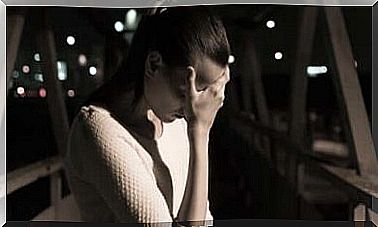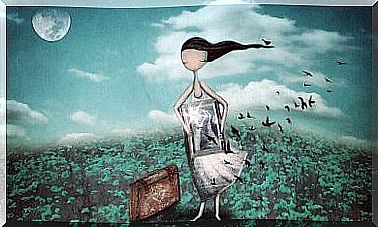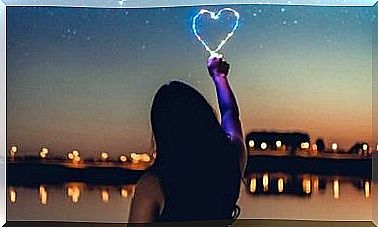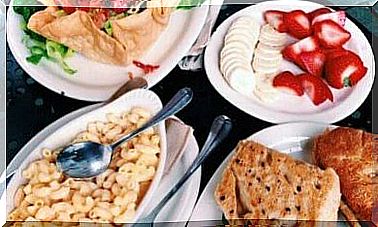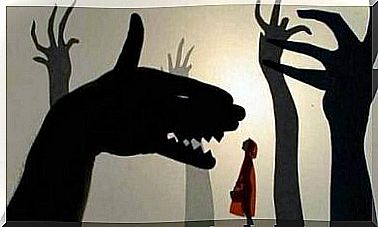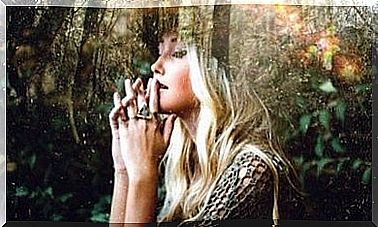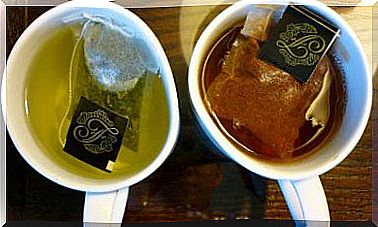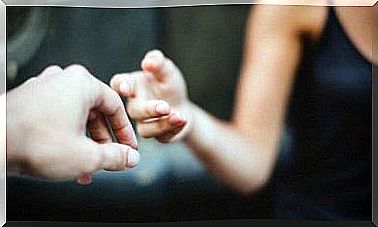The Addams Family, The Beauty Of The Macabre
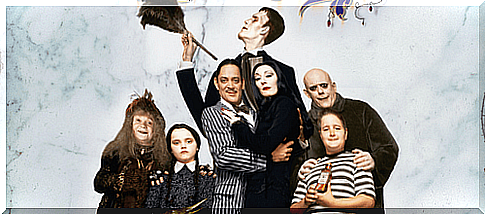
The Addams family is undoubtedly one of the best known in the world of the big and small screen. Just hearing the name pronounced makes you want to snap your fingers to the rhythm of its unforgettable theme song. The most eccentric family in the world still enlivens our Halloween nights, mocking death and having fun with their taste for the macabre.
When we think of the horror genre, we want films capable of astonishing, that make us feel the emotion of fear, but protected from our armchair. We want to feel terror, knowing that what we are seeing is nothing more than a movie. In some ways it is a form of pleasure.
There are those who find the comic side in horror cinema, laughing at unlikely situations and for the large amount of stereotypes it contains. On the other hand, there are those who would never watch a film of this kind alone.
Arousing fear in the viewer is not as easy as it is believed because emotions and subjectivity come into play. We could apply this statement to the comic genre: making people laugh is really complicated and even more so if we seek collective laughter.
What if we gathered all the clichés of horror films and read them in a comic key? That’s what The Addams Family does, and that’s where the secret of its success lies.
Walking through history
Throughout history there have been countless artistic expressions related to death. The same religious rites and cults continually remind us of the ephemeral of life. Man has always felt an immense curiosity for death, for the unknown.
This curiosity has been shaped into multiple art forms. The cemeteries themselves are often huge open-air museums, think of the Monumental Cemetery in Milan or the Recoleta Cemetery in Buenos Aires; without forgetting, of course, all the previous manifestations such as the Egyptian pyramids or the prehistoric death cult immortalized in the dolmens.
In short, there are not a few traces in the past that pay homage to death. Beyond the culture or the corner of the world, we will always find some manifestation that reminds us of the well-known Latin warning “Memento mori”. Because it is undeniable that we must die, although the way of interpreting this idea changes from one place to another. This cult, shrouded in mystery, over time has resulted in terror.
Anything that is unknown or that is, in one way or another, a threat to our life produces terror. In this sense, the genre feeds on fear, the occult and, above all, death, to create works (literary or cinematographic) that appeal to our desire to stay alive. However… is another reading possible?
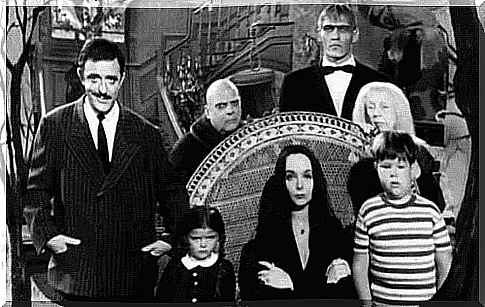
The birth of horror comedy
The horror genre has undergone an evolution over the centuries, adapting to the canons and the era of the moment. However, it contains precise aesthetic elements that are easily identifiable, but also capable of triggering laughter. After all, what’s more daring than fear than laughing at it? Thus, the terrifying monsters can become our friends or even ridiculous characters.
In the nineteenth century, Gothic fiction acquired considerable importance and some subgenres derived from it. In this same century we have a good example of what will later be known as horror comedy in Washington Irving’s The Legend of Sleepy Hollow . From this moment on, a long series of titles will follow.
Among the best known films are Gremlins (Joe Dante, 1984), The Little Shop of Horrors (Frank Oz, 1986), Hocus Pocus (Kenny Ortega, 1993), Mars Attacks! (Tim Burton, 1996), Beetlejuice (Tim Burton, 1988), The day of the beast (Álex de la Iglesia, 1995). It is the cinema that invites us to laugh at our fears, at the absurd beliefs that often accompany us.
There is no doubt, however: the family we are talking about is among those who laugh most at death. It has withstood the passage of time unscathed, winning admirers of all ages and countries, combining macabre and laughter in the right measure. The Addams family is, deservedly, part of the imagination of more than a generation within the horror comedy genre.
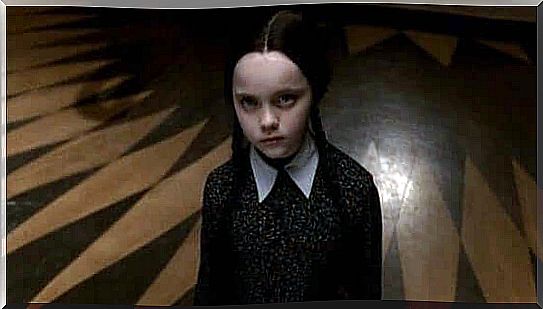
The Addams family, a macabre laugh
American cartoonist Charles Addams had surprising success in 1933 with a series of caricatures published in The New Yorker weekly.
These were macabre characters described with a mix of dark humor and parody of everyday life. A few decades later, in the 1960s, these cartoons ended up inspiring a popular television series: The Addams Family . At the time, it wasn’t the only eccentric family reigning on TV; another broadcaster, in fact, released a rather similar series, The Munsters.
The black humor and the parody of the clichés of terror served as the basis for a satire of contemporary values in which normality is strange. On the contrary, anything that goes beyond the conventional is an object of veneration. This approach draws a kind of upside-down world that amuses the viewer with its quirks, but at the same time invites him to question his own values.
We are immersed in a society that conditions our decisions, our way of distinguishing good from evil. This genre, on the other hand, invites us to take on a new perspective which, starting from humor, breaks with traditional schemes. The success of the Addams family was such that a television series was not enough, and continued with dates for cinema, cartoons and even a musical.
His characters are casts of horror cinema, but transported into everyday life. They are no longer ghostly apparitions that scare the neighborhood, but rather quirky neighbors. In a sense, all of this brings us back to the idea of freaks, that world which, for one reason or another, does not correspond to our idea of normality.
The Addams escape conventions, but they have their own morality, their own rules and with these they look at our world trying to find meaning in it.

The Addams family , the irony that calls the rules into question
An interesting aspect, in addition to the laughable, is to see how it is possible to break with conventions, rules and question them through irony. And this is not an exclusive feature of horror comedy, but we can apply it to everyday life. What if the normal is completely the opposite? At that point we would criticize any behavior considered out of our norm.
If, for example, we had been taught that roses are more beautiful without a flower, that the best part is the stem with thorns, we would probably cut them, as Morticia did. We would let ourselves be carried away by the beauty of the thorns, finding it strange who admires flowers and petals. In the end, it’s all a matter of points of view and what we have learned from the society we live in.
This game of contrasts, as a result, triggers laughter, but does not forget the invitation to reflect. The values are reversed, the macabre is accepted as beautiful and we end up questioning everything. Finally, let’s not forget that for many of us, the aesthetics of terror can be exceptionally beautiful. Beauty, like taste, is a completely subjective matter.
Life is ephemeral, our passage in this world is deeply linked to death. Why be afraid? Why not find the comic aspect? The Addams family have done this successfully for decades and have given us a kind of breath, a relief that makes our passage through life (or to death) more enjoyable.
Laughter as catharsis
Life can be tragic, bitter, different from how we had imagined it and for this reason, laughter is therapy, a catharsis that alleviates our grayest moments.
The Addams captured us with their particular take on aesthetics, justice, morals, the comic. And they fascinated us to the point that, after many decades, they continue to be successful in theaters all over the world.
